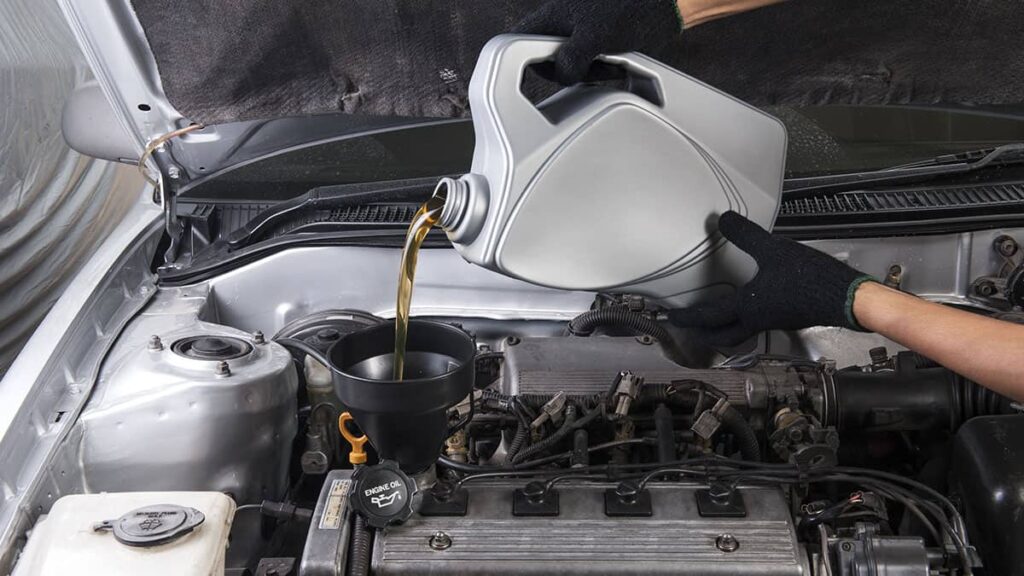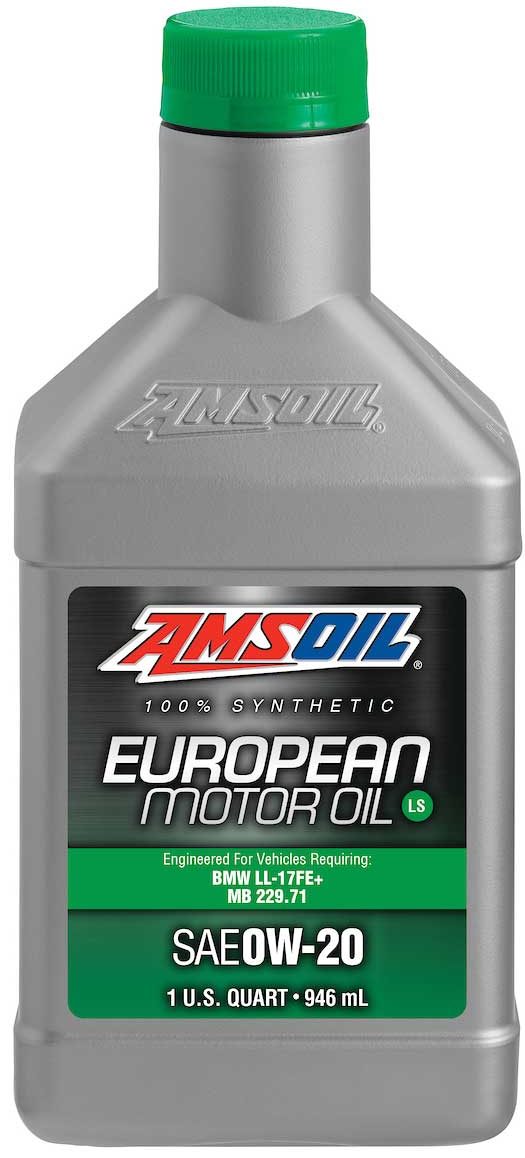Yes, you can mix 5W-20 and 0W-20 engine oils. Mixing them will not harm your engine and is common practice for many vehicle owners and mechanics.
When it comes to maintaining your vehicle’s engine, choosing the right engine oil is crucial. Two common types of engine oils are 5W-20 and 0W-20. While they have slightly different viscosity ratings, they can still be safely mixed without causing any harm to your engine.
Mixing these oils is a common practice among vehicle owners and mechanics to ensure the engine runs smoothly and efficiently. This article will discuss the compatibility of mixing 5W-20 and 0W-20 oils, the potential benefits, and any precautions you should take when doing so.
Whether you’re a car enthusiast or just looking to maintain your vehicle’s engine, understanding the compatibility of these engine oils will help you make informed decisions and keep your engine running smoothly for years to come.
Understanding Different Motor Oil Viscosities
When it comes to understanding different motor oil viscosities, it is crucial to choose the right motor oil viscosity. One common question that many car owners have is whether they can mix 5W-20 and 0W-20 motor oils. Both 5W-20 and 0W-20 are multi-viscosity oils, which means that they provide different levels of thickness at different temperatures.
5W-20 oil is thicker than 0W-20 at higher temperatures, making it better suited for warmer climates. On the other hand, 0W-20 oil is thinner and flows more easily at lower temperatures, making it ideal for colder environments. Mixing these two oils can alter the overall viscosity of the oil and may affect the performance of your engine.

It is recommended to follow the manufacturer’s recommendations for the specific viscosity of motor oil for your car. By doing so, you can ensure optimal engine performance and protect your engine from potential damage. It is always advisable to consult with a qualified mechanic or refer to your vehicle’s owner manual to determine the correct motor oil viscosity to use.
Compatibility Of 5w-20 And 0w-20
Mixing 5W-20 and 0W-20 motor oils is generally acceptable due to their close similarity. Both oils have the same viscosity rating when the engine is hot, as indicated by the 20 at the end. This means they should perform similarly in terms of lubrication and protection, making them interchangeable in most cases.
However, it is important to note that you should always follow the recommendations provided by your vehicle’s manufacturer. Some car manufacturer’s may specify one type of oil over the other for specific engine models or operating conditions. It’s advisable to check your owner’s manual or consult with a trusted mechanic.
When considering mixing different motor oils, it’s essential to ensure they are of the same quality and meet the necessary industry standards. Mixing oils that differ significantly in additive packages or viscosity ratings can potentially affect engine performance and longevity.
In conclusion, while mixing 5W-20 and 0W-20 motor oils is generally acceptable, it is always best to follow the recommendations of your vehicle’s manufacturer and ensure the oils are of the same quality and meet the necessary standards.
Achieving Optimal Engine Performance
When it comes to maximizing the performance of your engine, blending different motor oil viscosities can be a beneficial approach. Mixing oils like 5W-20 and 0W-20 can offer enhanced engine protection and lubrication. By blending these viscosities, you can achieve improved performance in various weather conditions.
The benefits of combining different oil weights include:
- Improved cold-start protection: Mixing lower oil viscosity, such as 0W-20, with a slightly higher one, like 5W-20, facilitates easy engine startup, even in colder temperatures.
- Better fuel economy: Blending different viscosities can reduce friction and drag, maximizing fuel efficiency.
- Enhanced engine protection: The combination enhances lubrication, reducing wear and tear on engine components.
- Adaptable performance: Blending allows the oil to adapt to varying driving conditions, ensuring optimal performance.
It’s essential to consult your vehicle manufacturer’s recommendations and consider the specific requirements of your car engine before blending different oil viscosities. However, when done correctly, mixing 5W-20 and 0W-20 can provide numerous benefits to your engine’s overall performance and longevity.

Credit: www.thebestoil.com
Ensuring Compatibility And Safety
Blending different motor oil viscosities, such as 5W-20 and 0W-20, is a topic that raises questions regarding compatibility and safety. While some may be concerned about mixing these two types of oils, it is important to understand the factors to consider before doing so.
First and foremost, it is crucial to ensure that the two motor oils are compatible with each other. Checking the specifications and recommendations provided by the vehicle manufacturer and consulting with a professional can help confirm compatibility.
Additionally, it is important to understand the potential risks associated with blending oils. Mixing different viscosities can alter the performance characteristics of the oil, potentially affecting engine lubrication and protection. It is recommended to stick with the manufacturer’s recommended oil viscosity for optimal engine performance and longevity.
Overall, while it may be tempting to blend different motor oil viscosities to achieve specific outcomes, it is crucial to prioritize compatibility and safety. Consulting with professionals and adhering to manufacturer recommendations can help in making informed decisions regarding motor oil blending.
Recommended Mixing Ratios
| Recommended mixing ratios | Finding the ideal balance for maximum performance |
|---|---|
| Understanding the impact of different ratios on engine efficiency |
Mixing 5W-20 and 0W-20 motor oils may be necessary in certain circumstances. Both oils have similar viscosity ratings, but slight differences in their composition can affect engine performance. When mixing these oils, it is important to consider the recommended ratios. There is no universally defined mixing ratio for 5W-20 and 0W-20 oils. However, it is generally advised to maintain a higher percentage of the manufacturer-recommended oil. For instance, if the manufacturer recommends using 5W-20 oil, it’s best to use a higher ratio of 5W-20 compared to 0W-20. When determining the ideal balance, factors such as climate, driving conditions, and engine requirements should be taken into account. Consult the vehicle’s manual or seek professional advice to ensure the correct mixing ratio for your specific situation. Ultimately, understanding the impact of different mixing ratios on engine efficiency is crucial for maintaining optimal performance. Vigilance in selecting the appropriate ratios will help ensure the longevity and smooth operation of your engine. |
Step-by-step Blending Process
Blending different grades of motor oils can be a convenient solution in certain situations. When considering mixing 5W-20 and 0W-20, it is important to follow a step-by-step process to ensure a safe and effective blend.
Here are some detailed instructions to help you through the blending process:
| Step | Instructions |
|---|---|
| 1 | Start with the first motor oil, ensuring its viscosity grade is correct for your engine. |
| 2 | Measure and record the quantity of the first motor oil to maintain the correct ratio. |
| 3 | Repeat steps 1 and 2 for the second motor oil. |
| 4 | Combine the measured quantities of the two motor oils in a clean container. |
| 5 | Thoroughly mix the oils together to ensure a proper blend. |
| 6 | Carefully pour the blended oil back into its original containers or a suitable storage container. |
| 7 | Dispose of any excess oil properly, following local regulations. |
For best results and to avoid potential issues, consider the following tips:
- Always check your vehicle’s owner’s manual for oil recommendations and specifications.
- Ensure both motor oils are of high quality and meet the required standards.
- Maintain the correct viscosity grade ratio for optimal engine performance.
- Keep track of the oil blend ratio you used for future reference.
- Periodically monitor the performance and condition of your engine after using the blended oil.
Frequently Asked Questions On Can I Mix 5w-20 And 0w-20
Can I Mix 5w-20 And 0w-20 Oil?
Mixing 5W-20 and 0W-20 oils is generally not recommended. These two oils have different viscosities and mixing them can affect the performance of your engine. It’s best to use the oil viscosity recommended by your vehicle’s manufacturer to ensure optimal engine protection and performance.
How Do Different Oil Viscosities Affect My Engine’s Performance?
Different oil viscosities, such as 5W-20 and 0W-20, affect your engine’s performance differently. Oil viscosity determines how effectively the oil flows at different temperatures. Using the recommended viscosity ensures that your engine gets proper lubrication and protection in both cold starts and hot conditions, maximizing performance and prolonging engine life.
What Are The Risks Of Mixing different oil viscosities?
Mixing different oil viscosities, like 5W-20 and 0W-20, can lead to oil that is too thick or too thin, affecting your engine’s lubrication and performance. It can also impact fuel efficiency and increase the risk of engine wear. To avoid potential problems, stick to the recommended oil viscosity for your vehicle.
Conclusion
To sum up, mixing 5W-20 and 0W-20 can have various effects on your engine’s performance and efficiency. It’s generally recommended to stick to the manufacturer’s guidelines to ensure optimal functioning. While it may be tempting to mix these oils, it’s best to avoid any potential risks or damage to your engine.
Always consult with a professional mechanic for the best advice and guidance.


Leave a Reply